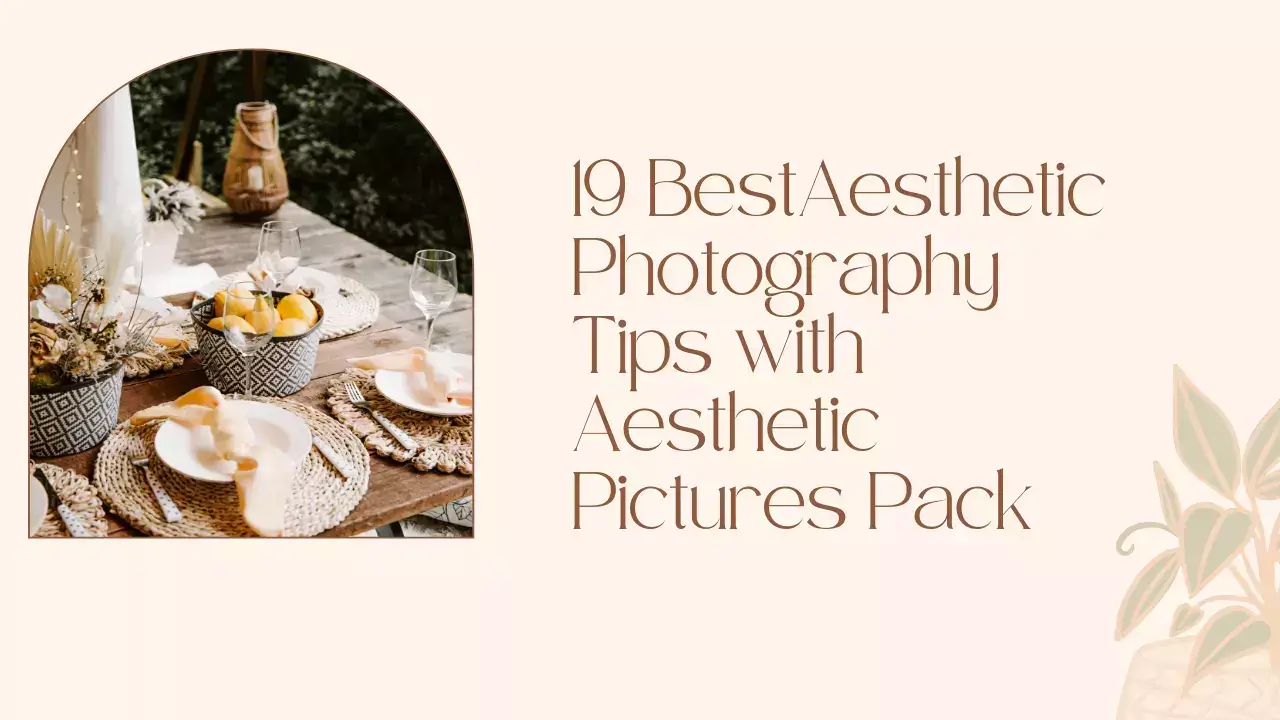Want to turn your everyday photos into scroll-stopping works of art?
Aesthetic photography is all about capturing beauty, emotion, and visual harmony. It’s not just about having a good camera—it’s about how you frame your shots, play with light and color, and tell a story through visuals.
Whether you’re shooting with a DSLR or a smartphone, this guide will show you 19 actionable steps to help you develop your aesthetic eye and create photos that truly stand out.
What Exactly is Aesthetic Photography?
Aesthetic photography is the skill of making visually appealing images. To generate these visually appealing images, the photographer employs artistic techniques and design ideas.
The appreciation of beauty is referred to as aesthetic. As a result, aesthetic photos are stunning in their own right. As examples of visually appealing imagery, they stand alone. And they have a fascinating charm that leaves the viewer satisfied.
Photographers employ a variety of approaches to produce visually appealing images. Composition, symmetry, and balance are all employed to perfection in their work. To get the viewer’s attention, they employ the use of leading lines. They also employ color theory to provide a sense of harmony in their visuals.
Aesthetics are important in portrait and landscape photography. Aesthetic image-making is an important part of fine art photography. Fantasy photographers also create visually appealing images to tell stories and develop worlds.
How to Create Aesthetic Photography
If we can’t agree on what makes a photograph attractive, how can we ever agree on any rules or principles for creating them? It’s safe to say that what you know and can learn about taking technically great photographs also applies to taking aesthetically pleasing pictures. Your images should be precise, well-exposed, and focused on a clear subject.
However, the composition is very vital for making cute aesthetic photographs- possibly even more so than in other types of aesthetic photography. The idea here is to make your images visually appealing, which is essentially what effective composition is all about. All of the techniques you’ve learned to make images “work,” such as the Rule of Thirds, the Golden Spiral, leading lines, and symmetry, should be used.
None of this is novel, but there should be a greater emphasis on maintaining your audience’s interest. Consider not only how to best capture the picture, but also how to make the scene gorgeous. It’s also worth mentioning that if beauty is the goal, there’s a lot more opportunity for experimentation. Because you’re not chronicling reality, your imagination should run wild.
Difference Between Style and Aesthetic
An artist’s different aesthetic style can also be referred to as aesthetics in photography. The style of a photographer must be separated from their aesthetic, however. You can’t put them together.
Working methods can be considered a photographer’s “style.” It has to do with their equipment and the way they do business. Their style may be seen in their photographs. It’s possible that the artist’s signature characteristics and idiosyncrasies can be seen in the photographs.
Style and aesthetics have some common ground. An artist’s personal style also has an impact on the final product. Their images are shaped by the techniques and equipment they use.
The photographer’s style is the means by which they accomplish their goals. Their style incorporates visual identifiers that identify the photo to the photographer. You can tell if a photographer has a distinct style just by glancing at their work.
19 Top Tips for Aesthetic Photography
1. Create an Aesthetic Style in Photography
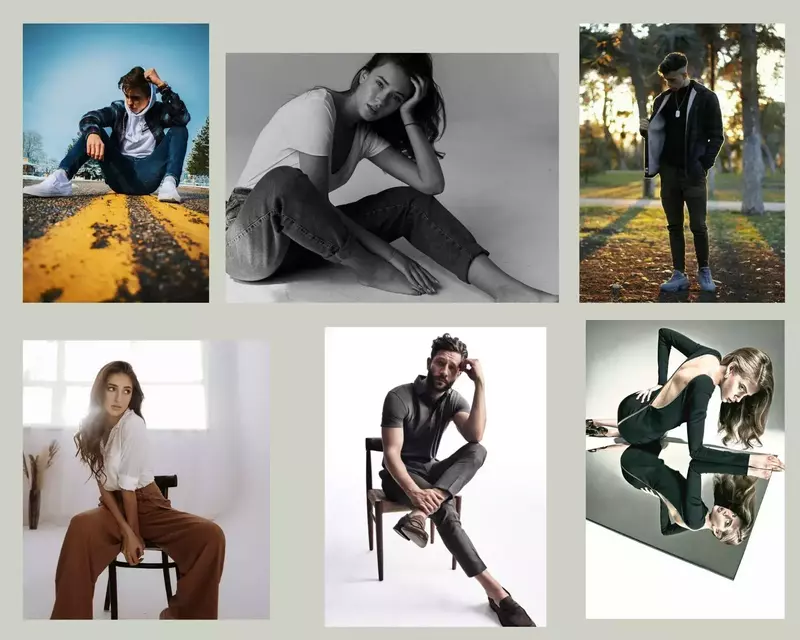
Develop a unique and consistent visual identity to stand out.
If you’re a social media influencer, you can consider your image styling to be your brand identity. If you’re a photographer, you may only want to be known for anything specific.
Be mindful of how your social media channel looks as a whole as you attempt to develop your style. Your aesthetic should be powerful and consistent throughout your feed to create an effective interaction with your viewers. There will be no cohesiveness if each shot stands alone. Viewers may appreciate a few photos and then abandon you rather than follow you.
2. Keep Composition Simple for Aesthetic Photos

Less is more — simplicity makes your subject shine.
There isn’t just one composition approach that makes a shot look good. There are numerous methods to use composition to produce an appealing image. However, one common rule is to keep it simple.
Don’t overcrowd your photographs with unnecessary details or distractions. Stick to one composition style and give your subject room to breathe. A crowded composition can be used in a variety of photographic styles. A busy image, on the other hand, is not an attractive image.
A photograph with a straightforward composition allows us to see the image as complete. We are not distracted by features strewn throughout the image. An aesthetic image is not merely a collection of objects. It’s a composition that works as a whole as a piece of art. The key to creating visually appealing images is simplicity.
3. Use the Rule of Thirds
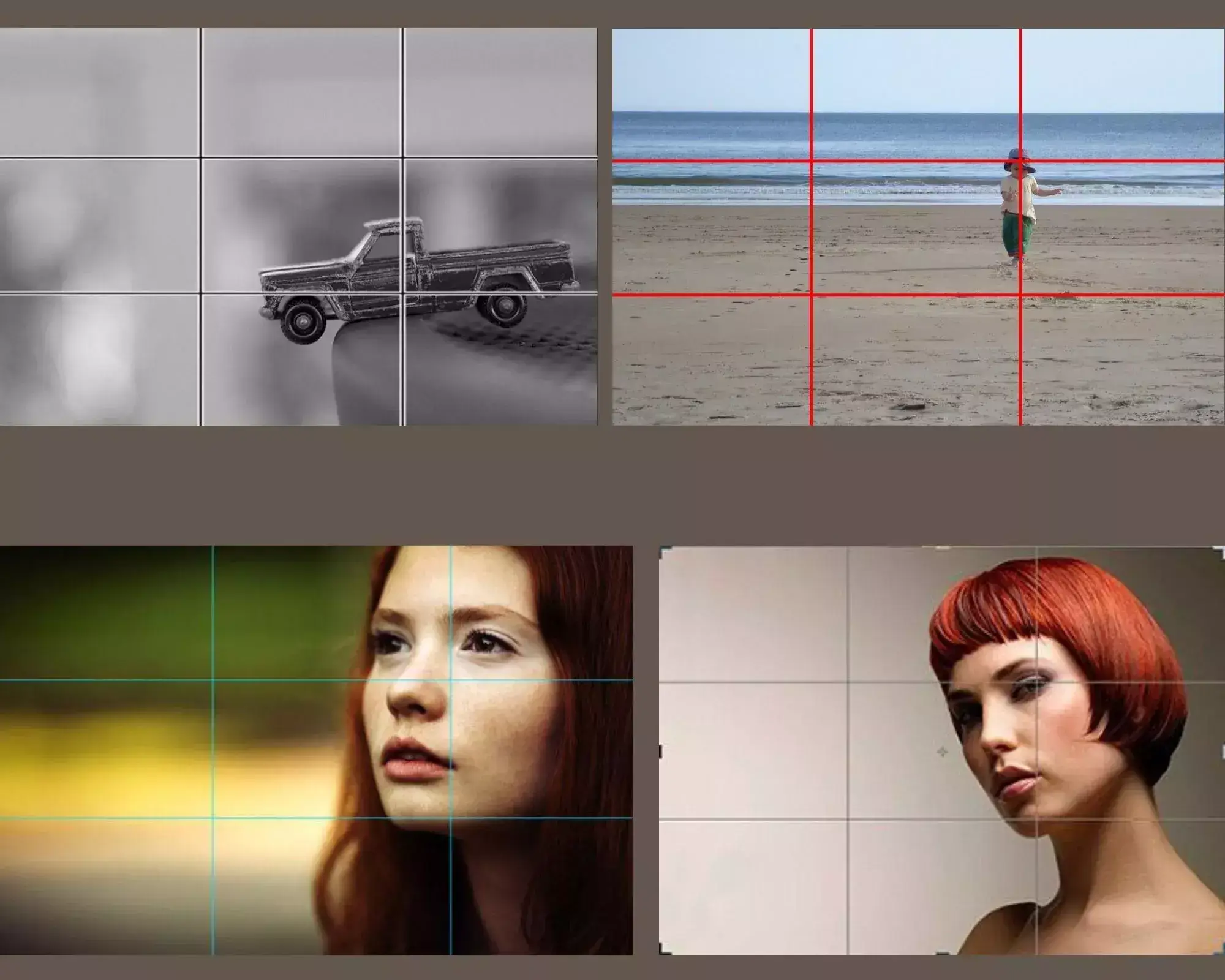
Use this classic technique to create balanced and appealing photos.
With the rule of thirds, you can arrange your topic on the left or right third of an image while allowing open space for your other subjects. The rule of thirds, while not the only method of composition, is often the most effective.
The rule of thirds provides the structural framework for your images to be appealing. It ensures that everything is in order. It also allows you to incorporate unique components without creating shambles.
4. How to Use Simple Lighting for Aesthetic Photos

Soft, natural light helps create gentle and inviting images.
For the most part, images like these have a soft pastel look, with flat-level lighting and muted hues. Aesthetically speaking, somber black-and-white images can still be considered beautiful, but most people prefer images that are less dramatic and more appealing.
If you’re just getting started with aesthetic photography, using natural light is a great place to start. The better the more diffused the light.
5. How to Add Depth in Aesthetic Photography
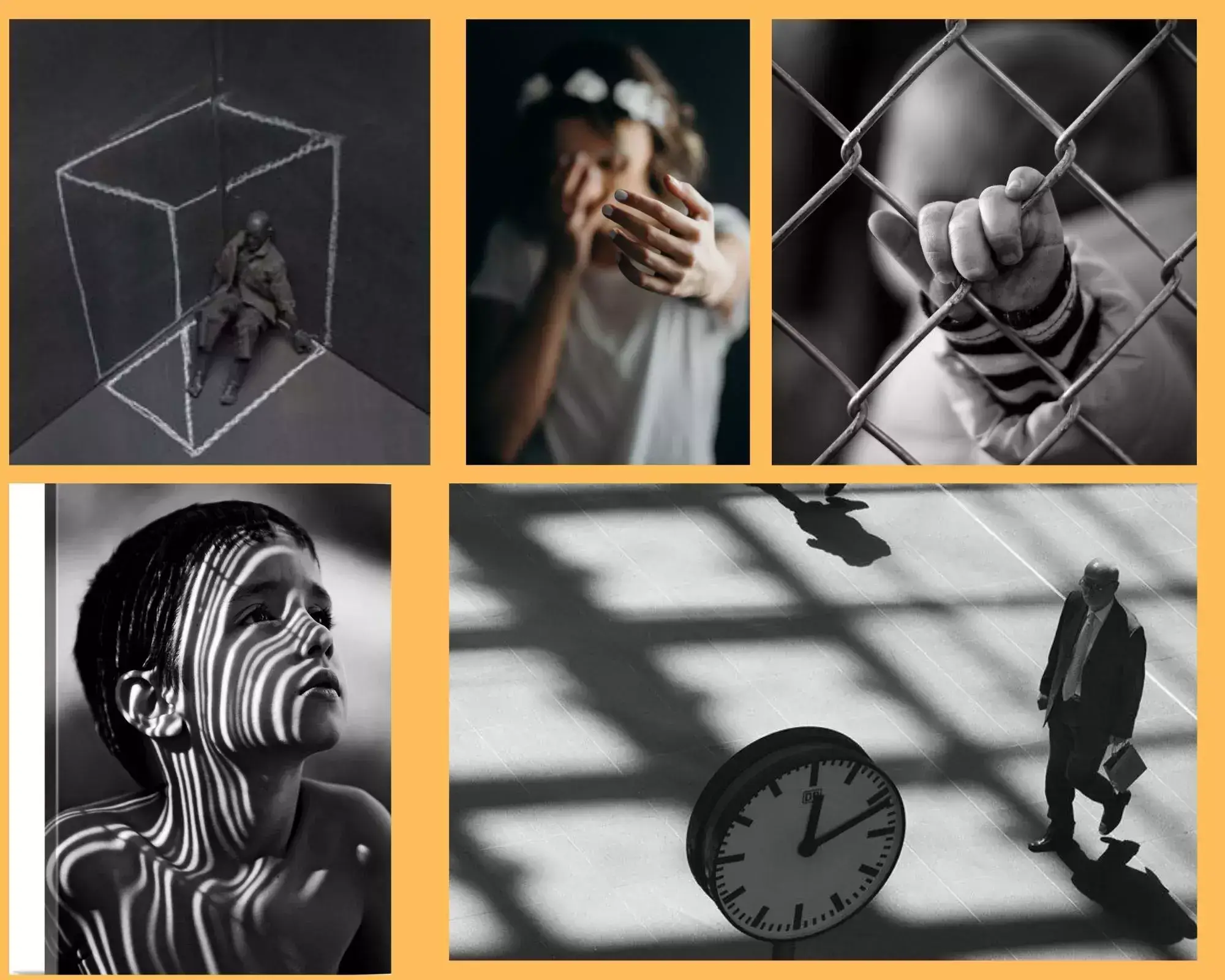
Create a sense of dimension by layering foreground, middle, and background.
Your images will appear more realistic and lively if they have a sense of depth. Although photography is a two-dimensional art form, depth may be conveyed through the use of perspective and a certain angular viewpoint.
Your foreground, middle ground, and background elements all work together to create the illusion of depth and cool aesthetic pictures, so pay attention to how they interact.
6. How to Focus on Details for Aesthetic Photos
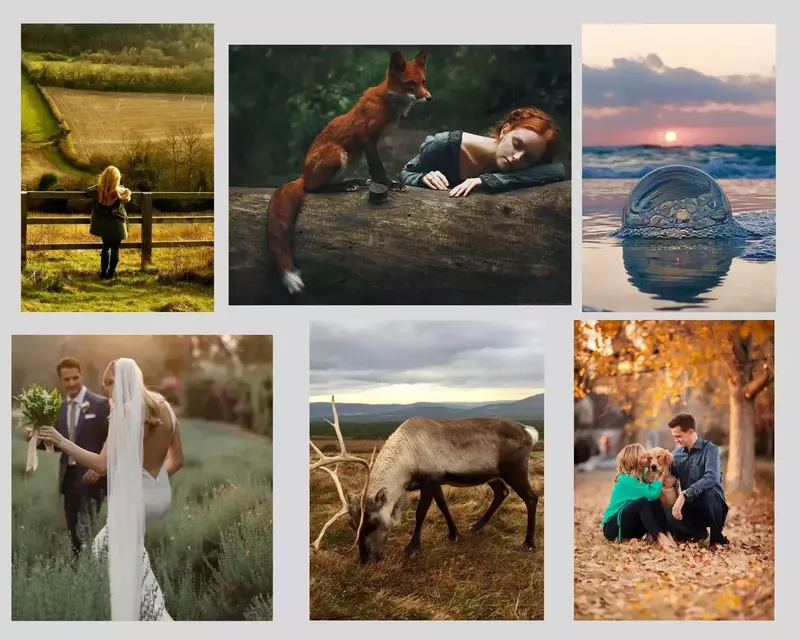
Zoom in on unique elements to capture attention.
Look for details that add interest to your images quickly and easily. Magnifying a photo when others only see the whole thing is a terrific method to get people to stop and look. Everyone asks what they’re looking at. It works best when the subject is familiar but obscure. People tend to move on fast if they are puzzled. Here’s how to take a very distinctive macro image.
A new angle is another fantastic method. Get low or go high. Drones are wonderful for taking scenic aesthetic pictures. Drone cameras have improved recently, and with a little editing, aerial scenic shots can look stunning.
7. How to Tailor Aesthetic Photos for Different Platforms
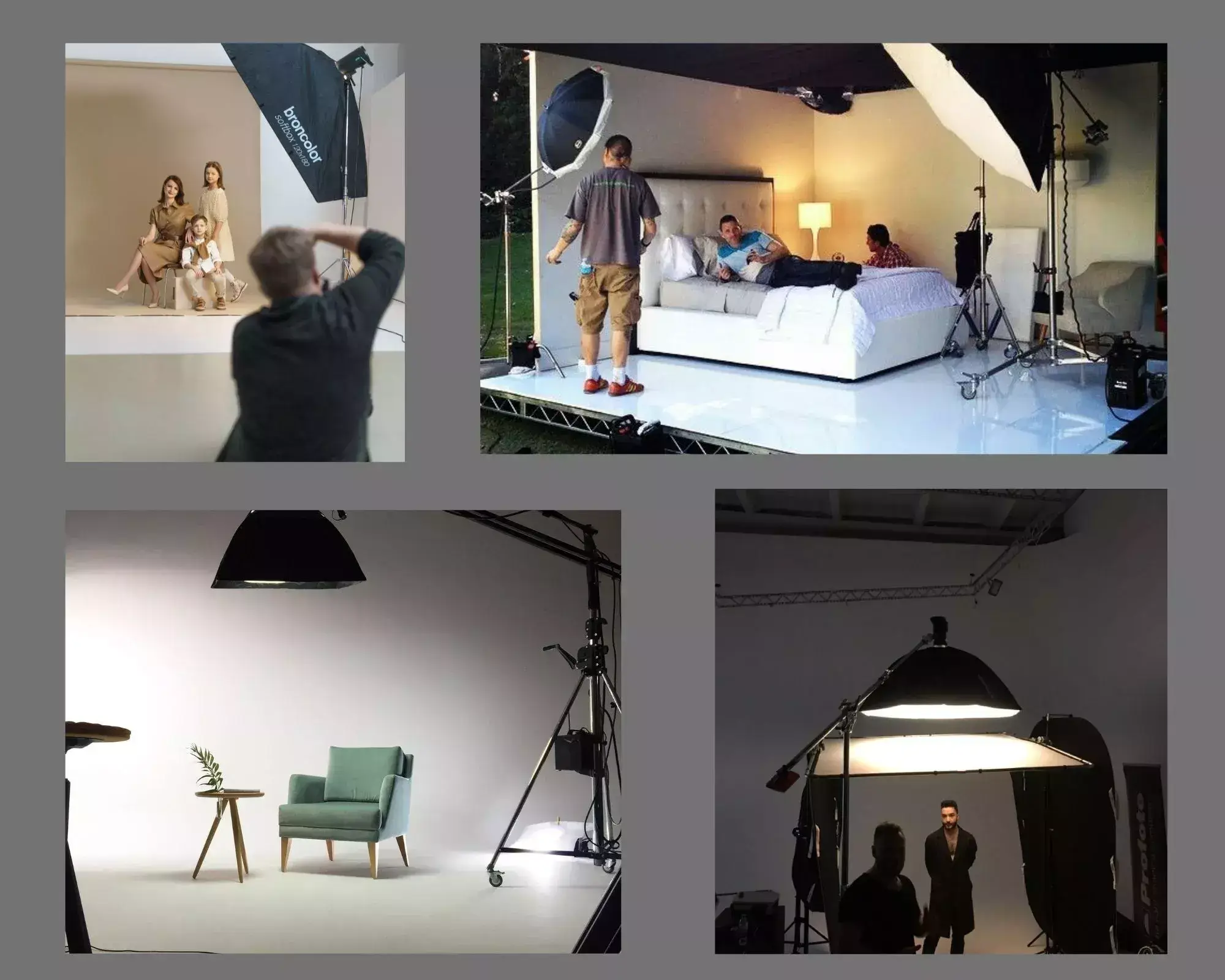
Adapt your images’ size and style depending on where you share them.
When developing a personal style, it’s important to think about how your work will be shown. If Instagram is your primary channel for promoting your work, you can crop your images to square dimensions. You can see their full potential on that platform this way.
You can be more creative with the proportions of your website if you have one of your own. However, it’s important to consider how your work will be displayed and cataloged. Each project can have its own gallery. You can choose to display all of the items in a single collection.
Prints may be your preferred medium for showing off your work. The printing method, whether old or modern, will have to be carefully considered. Think about how big they’ll be as well as where they’ll go on display.
8. Using Symmetry in Aesthetic Photography
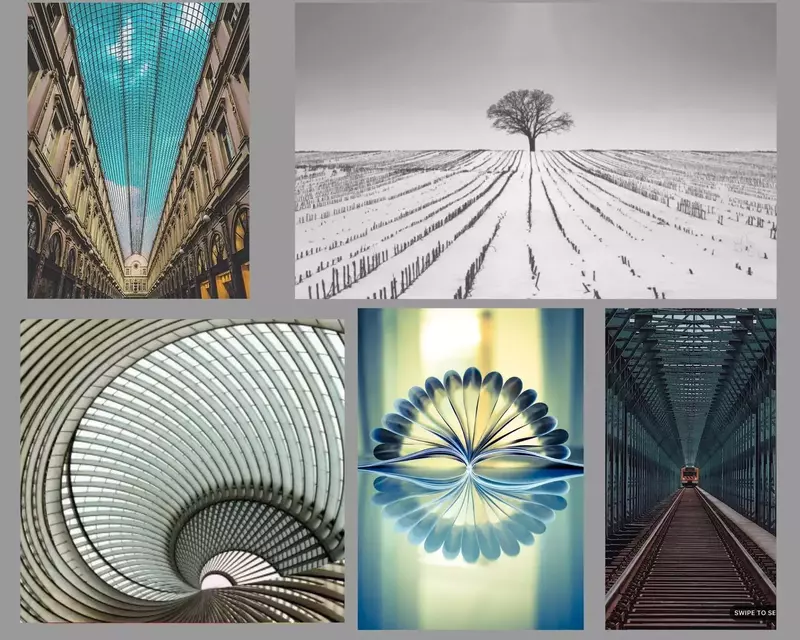
Symmetry can create striking and harmonious compositions.
It doesn’t have to seem conventional and dull to frame your topic dead center! Look for symmetrical features around you to make your shot stand out. There are numerous architectural aspects, backgrounds, and textures that will assist you in accomplishing this – sometimes simply changing the angle of your shot will suffice.
All you have to do is keep an eye out for them. Symmetrical shots can appear stagnant at times, so seek methods to make them stand out. To make the scene more fascinating, try integrating an element that disrupts the symmetry.
9. Using Shadows to Enhance Aesthetic Photos
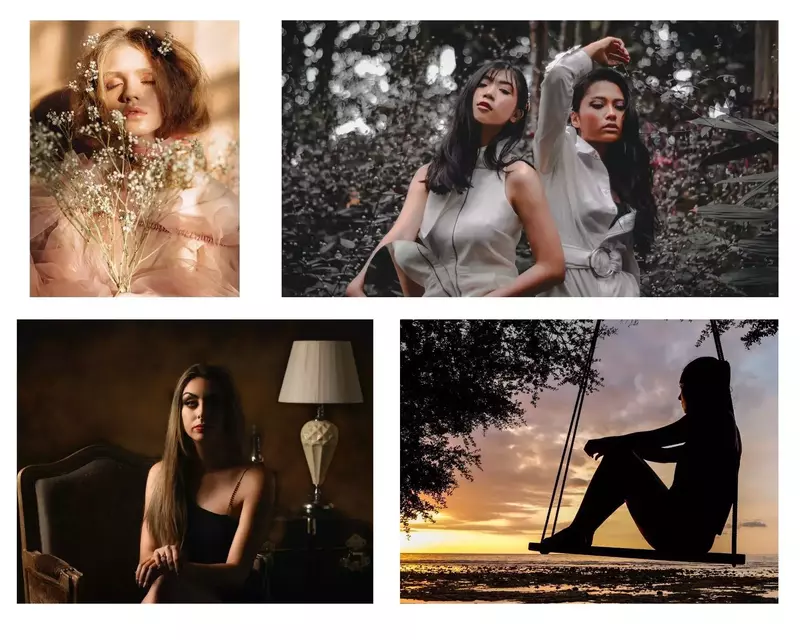
Shadows add depth and contrast to make photos more dynamic.
We’re often instructed to compose in the greatest light possible, but it’s also a good idea to think about how shadows appear in the frame. Shadow contrast may give dimension to your shot and make it appear more realistic and natural. Keeping an eye out for the many ways shadows might fall on different surfaces can help you create cute aesthetic pictures.
10. Try a Different Perspective

Experiment with unusual angles to discover fresh compositions.
Shooting from an unusual perspective or posture can help you notice new possibilities to frame a situation. Move your feet and take your images to new heights. Experiment with snapping images from a low angle or a high angle. You can wind up discovering aesthetic components that add a unique touch to your photograph.
Angles can also provide your subject with a specific effect or meaning. Shooting a person from a low angle makes them appear larger, which makes them appear strong or powerful. Framing your subject from a higher perspective has the opposite impact, making it appear smaller and even defenseless.
11. Create Rhythm and Repetition in Your Photos
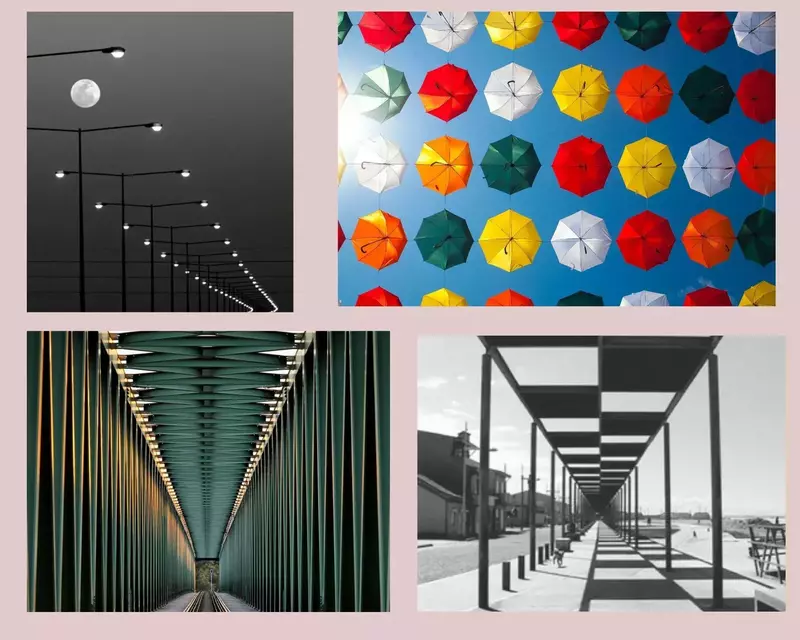
Repeating shapes or patterns build a pleasing visual beat.
You might not think of rhythm when it comes to photography. Certain images, however, establish a rhythm when objects and shapes repeat. The forms do not have to be the same. They may resemble or even be reminiscent of one another.
The rhythm’s beats can be represented by trees along a route or by hot air balloons in the sky. However, their positioning must be consistent. Aesthetic photographs or poses, both for females and males, can be created by repeating shapes. However, rhythm necessitates the presence of a beat. And the beat is created by constant repetition.
12. How to Tell a Story Through Aesthetic Photography
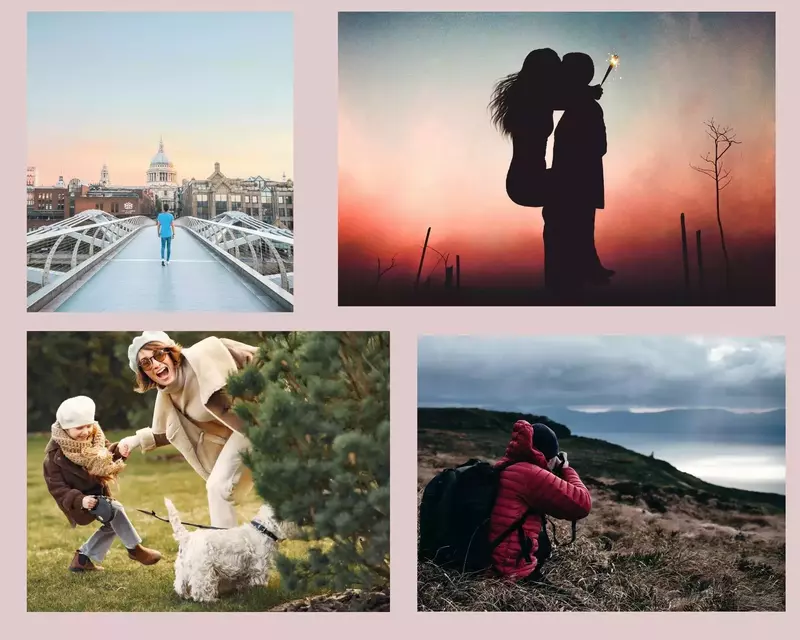
Use your images to communicate meaningful stories or emotions.
Aesthetic poses for females, males, or whatever the subject is, can express the whole story transparently. Photographs that employ aesthetics to express an idea are the most powerful. Begin by selecting what story you want to tell with your photograph if you want to generate more appealing images.
Then consider what elements and design concepts you may employ to convey your message. For example, if you’re a portrait photographer, consider who your subject is and what you want to convey with your shot. Every decision you make, from the actual site to the camera settings to the post-production, should be in service of your vision.
13. Understanding Dominant and Faded Colors in Photography
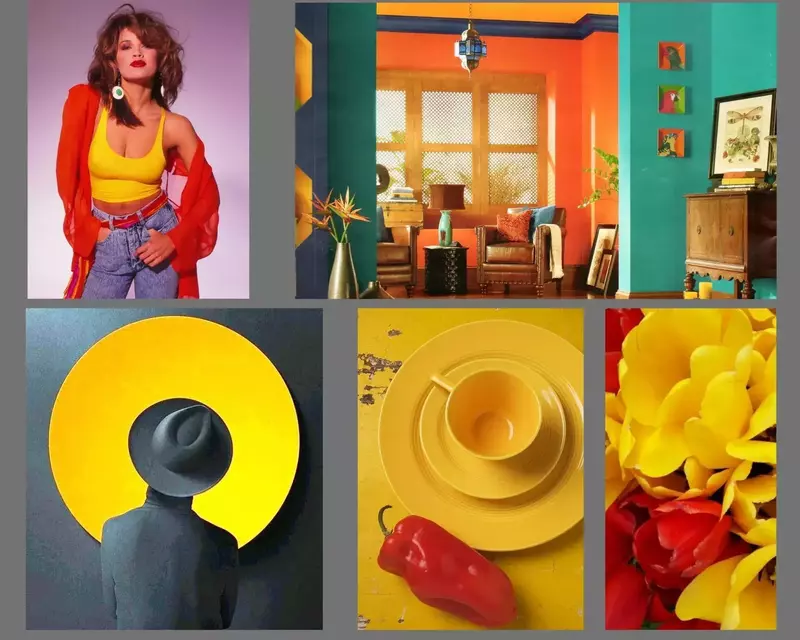
Play with warm and cool hues to guide viewer focus and add depth.
Red, yellow, and orange are some of the most commonly used warm-toned hues in photography. Due to their proximity to our retinas, these warm hues are thought to be more prominent than their cold counterparts. The colder colors, such as blue, green, and purple, are the ones that fade away.
The warm colors are prominent because they draw your attention first, allowing the receding hues to fade further into the background. Using dominant and receding color combinations, you can add a sense of depth to the colorful aesthetic.
14. How to Keep Horizons Straight for Balanced Photos
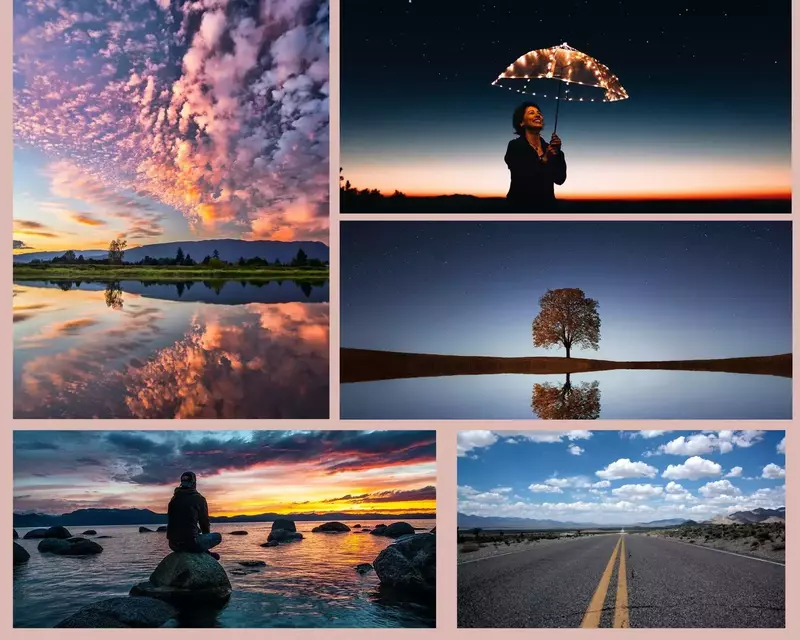
Level horizons make your images feel stable and natural.
While shooting from unusual angles can result in interesting compositions in some circumstances, it is occasionally preferable to photograph subjects that are naturally aligned. Human eyes prefer to see straight, level lines, which is why we are troubled when a wall frame is inclined to one side. The same is true for images — make sure your horizons are straight to make the scenery appear balanced.
In circumstances where the horizon cannot be clearly defined, other elements in the frame can be used to maintain proper alignment. The man is used as a reference point in the photo; despite the downward curvature of the terrain, the photo remains level since the man is standing straight and not tilted to an angle.
15. How to Take Close-Up Shots for Aesthetic Photography
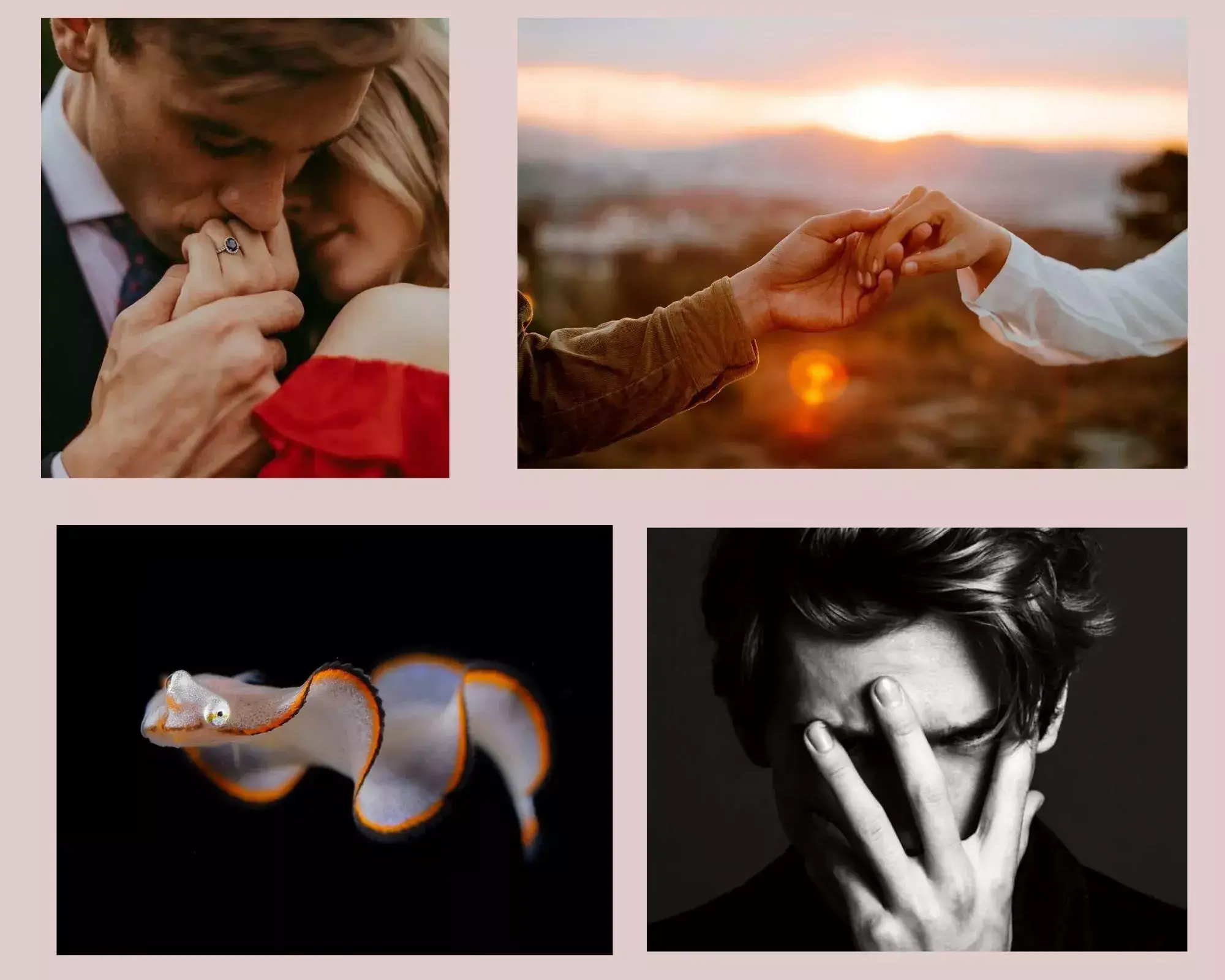
Get closer to highlight details and remove distractions.
Shooting your subject up close is one method to focus on it while excluding distractions. By filling the frame, you eliminate any distractions that could divert attention away from your point of emphasis.
Getting close allows you to highlight finer elements that would otherwise go unnoticed, such as facial features and detailed textures. If you’re utilizing a shallow depth of field, make sure to focus on the areas of the photo that you want to draw attention to.
16. How to Make Your Subject Stand Out in Photos
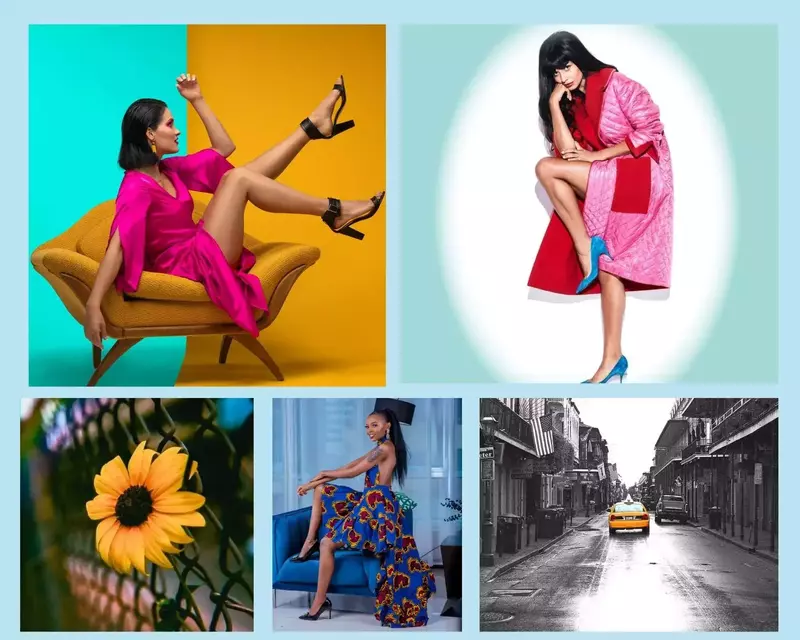
Ensure your subject is clear and distinct from the background.
In this tip, we’ll talk about how the subject and the background interact visually. As a result, it tells us that we require a topic that commands respect in its environment. The topic of the picture is now simpler to recognize.
Identifying the subject if we have an unimportant object in the middle of a crowded scene will require some effort. It’s much easier to look at a picture if the subject isn’t obscured by any other elements. As a result, the final image is more visually appealing.
17. Tips for Capturing Natural Aesthetic Photos
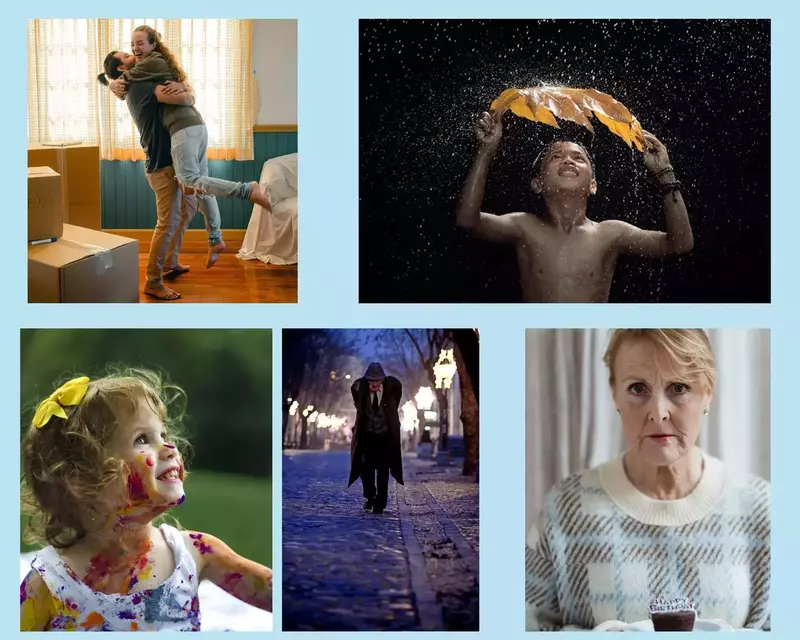
Patience and observation help you catch genuine moments.
You’ll have a better chance of capturing people’s real emotions if the scene is less staged. In order to acquire a great picture, you need to be patient and anticipate your subject’s greatest moment.
You’ll need to be observant and quick on your feet in order to acquire good candid photographs. Consider aspects such as light sources, backgrounds, the direction the subject is facing, and so on, and work around them to get the shot you want of your subject.
18. Post-production Editing is a Must for Aesthetic Photography
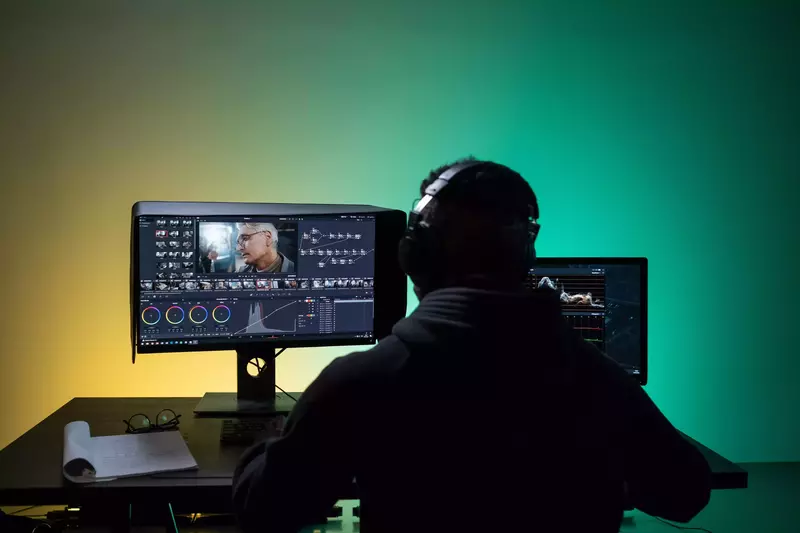
Consistent editing helps create a recognizable style.
It is entirely up to you how much photo editing you do. However, in order to have a distinct style and appearance, your editing methods must be consistent. Large variances in post-processing processes should be avoided. You can go for a more natural look with little to no editing. Or perhaps you’d prefer a more production-heavy approach. Both are totally appropriate as long as you stick to one.
You also have an option in terms of the software you utilize. Photoshop and Luminar Neo are both outstanding post-production software with extended editing capabilities. Adobe Lightroom is also available for modest touch-ups and edits. You may use an app called photo Collage Social to do stunning photo editing or for your quick post-processing needs.
Maintain your preferred process regardless of which program you use. Maintain consistency with your Lightroom presets, also in Photoshop, store shortcuts and formulas. It will expedite the process and ensure that your work has a consistent aesthetic.
19. Improve Your Skills for Better Aesthetic Photography
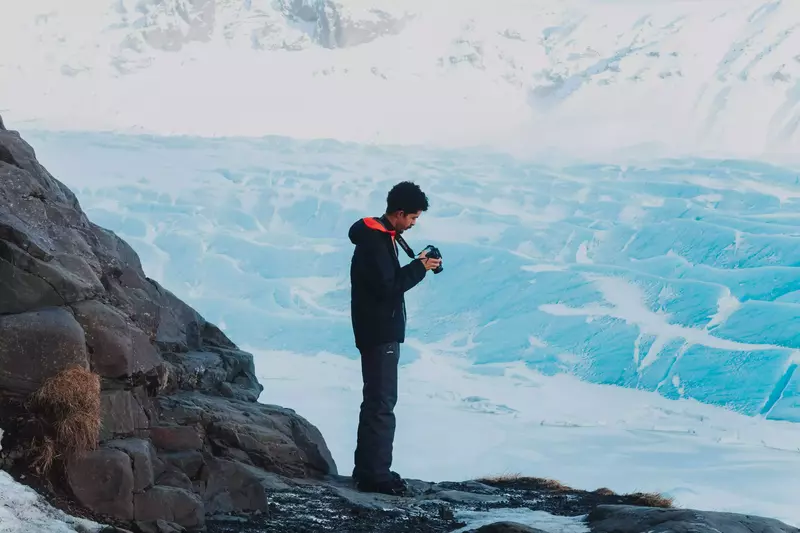
Practice and mastery of your gear lead to consistent results.
Experimenting with approaches and styles is natural in the early stages of your photography development. However, as you progress, you will need to fine-tune your methods. You want to decide what kind of photographs you want to take.
The camera is a good place to begin. It makes no difference what kind of camera you use. It could be a DSLR or a mirrorless camera. You might also preserve the art of film photography. The most significant aspect of your aesthetic images is that you master the settings.
Final Words
In the end, aesthetic photography is about more than following rules—it’s about developing your visual language. Use these 19 steps as a creative toolbox, not a checklist. Keep experimenting, stay consistent, and above all, capture what feels meaningful to you.
FAQ | Aesthetic Photography
Aesthetics, or esthetics, is the study of beauty and taste from a philosophical standpoint. Philosophy of art, which deals with the nature of art and the concepts by which individual works of art are perceived and assessed, is closely related.
To give your images a more polished look, you can utilize applications like VSCO and Lightroom. If you want to create collages and add text to your modified photos, you can utilize Adobe Photoshop Express.

